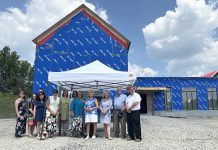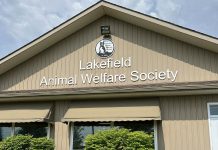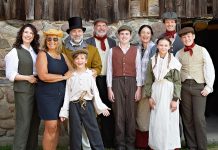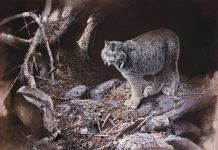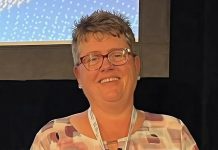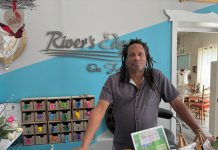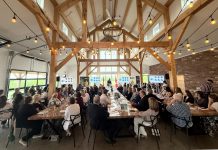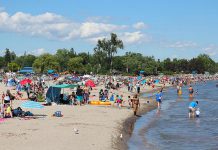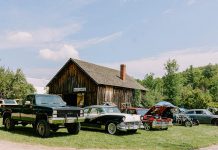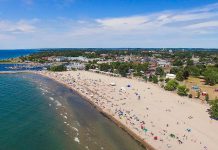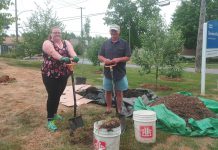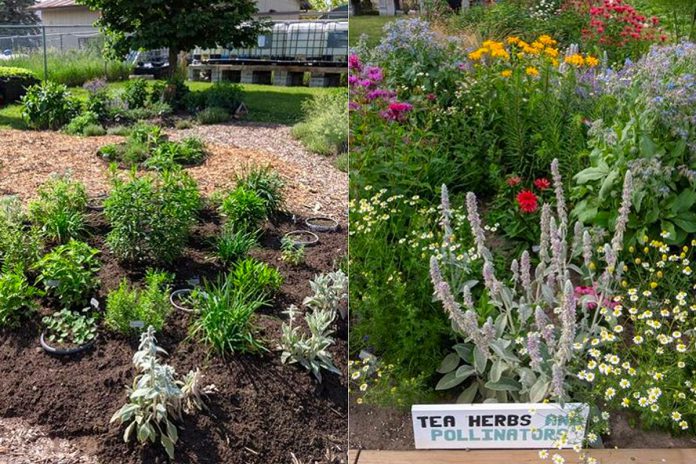
The City of Kawartha Lakes has recognized six winners of the 2022 Bee Hero Garden Challenge on behalf of Bee City Canada.
Bee City Canada, a program of the charitable organization Pollinator Partnership Canada, encourages municipalities and their residents to support bees and other pollinators on both public and private land and to foster environmental awareness of the importance of pollinators.
In 2017, Bee City Canada designated Kawartha Lakes as a “Bee City” — the third in Ontario and the seventh in Canada at the time. The municipality launched the Bee Hero Garden Challenge in 2020 to encourage residents of Kawartha Lakes to help improve the habitat for native pollinators by planting a garden.
The 2022 challenge saw an variety of contestants show the progress of their gardens with before and after pictures, with the following participants selected as Bee Heroes:
Lindsay Community Gardens
Located at Fleming College’s Frost Campus, the Lindsay Community Garden contains 85 plots tended by individual gardeners, many of whom include flowers to attract pollinators for fruiting vegetables.
Featured in their entry were their shared communal plantings, including an orchard of apple, pear, and cherry trees and a large pollinator/herb garden that has been enhanced over the years.
Over 2022, a major initiative was creating labels for all the plants in the pollinator/herb garden. Additional shrubs were also added along a nearby fence line.
BGC Kawarthas
BGC Kawarthas started their small native pollinator garden as a way to teach the children the importance of taking care of the world around them.
When the children were hatching butterflies within the centre, the BGC team started to research native plants that they could plant in their garden to attract pollinators and give their butterflies a place to lay their eggs and feed. This year, they planted two types of echinacea, monarda, salvia, and swamp milkweed.
BGC Kawarthas is looking forward to continuing to add on to the garden each season to attract more pollinators, improve the bio-diversity around their centre, and provide the children with endless learning opportunities.
Angela Kelley
After moving to Lindsay to be near family, Angela Kelley discovered that the garden at her new home had been neglected. She noticed the lack of insects and butterflies so she decided to plant native plants of all kinds.
People in the neighbourhood love the changes and look forward to seeing what is new and in bloom.
Her garden has been blessed with many varieties such as cone flowers, false sunflowers, varieties of milkweed, as well as many varieties of wildflowers that last from spring into the fall.
Elizabeth Elliot
This year, Elizabeth Elliot converted a grassy space within the Lindsay Community Garden into a raised garden bed showcasing 20 different perennial wildflowers, all but one of them native to Ontario.
Included are species such as prairie smoke, bloodroot, Joe-Pye weed, wild ginger, pussytoes, black-eyed Susan, and New York aster.
From spring to late fall, there is always something in bloom.
Heather Stresman
Heather Stresman has a container garden with sunflowers on her deck. Before the container garden full of sunflowers, it was an empty 16′ by 8′ deck.
In the summer months when sitting on the deck, you can hear the bees buzzing from sunflower to sunflower.
It doesn’t take a lot of room to create a space for pollinators.
Sandra Morrison
When Sandra Morrison moved to the area in October 2020, her new garden was grass, mud, and overgrown with shrubs and weeds. She cleaned it up and focused on adding native plants for pollinators as much as possible. For shrubs, she has dogwood, willow, lilacs, forsythia, hydrangeas, cedar, yew, and bridal spirea. For trees, she has maple and birch.
Her garden also has over 25 different plant and flower species. Her garden has a birdbath as a water source and she does not use pesticides. In the fall, she leaves the leaves and doesn’t cut back the dead plants until spring.
She says that it is so wonderful to see the birds, butterflies, and bees where there used to be nothing. Her garden is her happy place.
“I would like to thank all of the contestants for participating in the 2022 Bee A Hero Garden Challenge and urge people to promote and help pollinators whenever they can,” said city councillor and environmental advisory committee representative Pat Warren, who presented descriptions and photos of the winners’ garden at a committee of the whole meeting on Tuesday (February 7).
“We’re always looking for new people to get involved to help our cause,” she added.
In addition to receiving certificates on behalf of council and the municipality’s environmental advisory and pollinator action committees, each Bee Hero received gift cards from local native plant nurseries Grow Wild Native Plant Nursery and Green Side Up.


